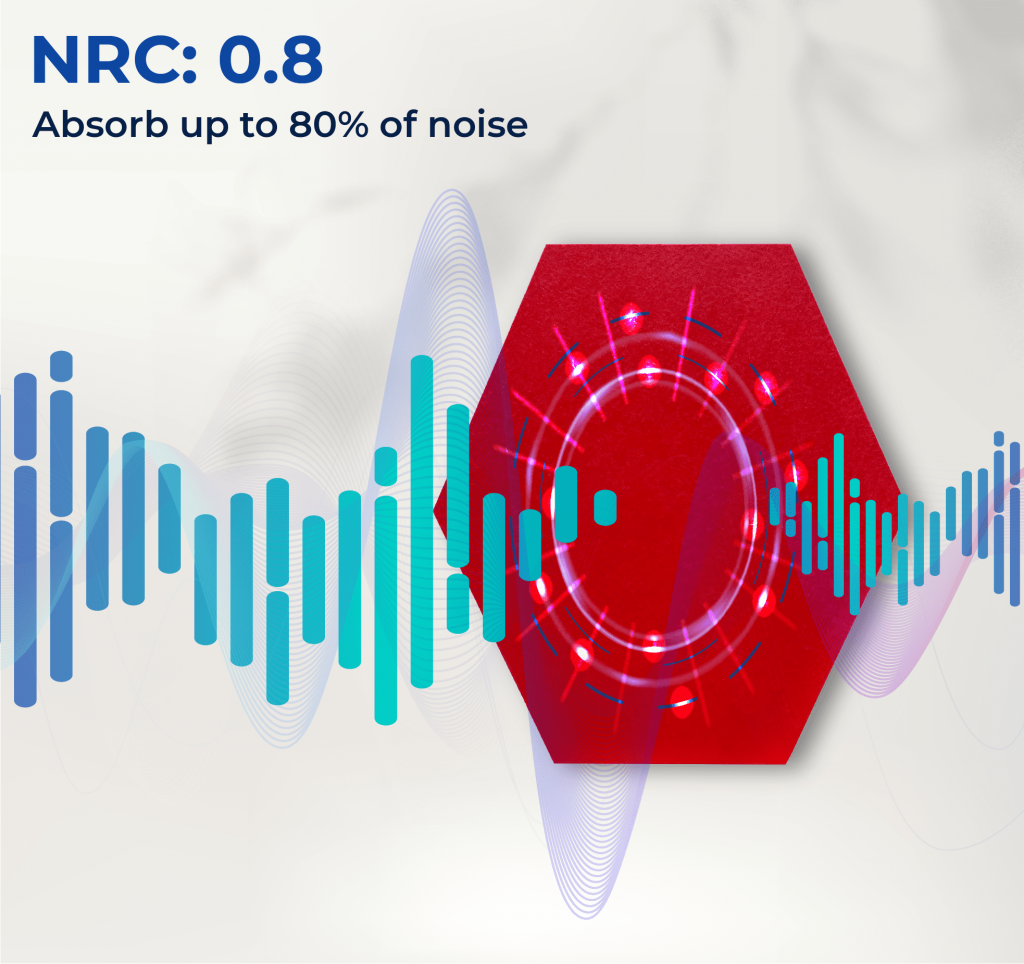
Soundproof foam is a popular solution for reducing noise in a variety of settings, from recording studios to home theaters. But to truly maximize the functions of soundproof foam, it’s important to understand how it works and how to use it effectively.
First, let’s talk about how soundproof foam works. Sound is a form of energy that travels through the air in waves. When these waves hit a surface, they can bounce back, creating an echo or reverberation. This is where soundproof foam comes in. Made from materials like polyurethane or melamine, soundproof foam is designed to absorb sound waves, preventing them from bouncing back and reducing the amount of noise in a room.
Making the most out of soundproof foam
When choosing soundproof foam, consider the specific needs of your space. If you’re setting up a recording studio, for example, you’ll want foam that can absorb a wide range of frequencies to prevent unwanted echoes and reverberation. If you’re trying to block outside noise in a home theater, you’ll want foam that is more effective at blocking low-frequency sounds like traffic or construction noise.
Once you’ve chosen the right soundproof foam for your needs, it’s time to install it. The key to effective soundproofing is to cover as much surface area as possible. This means installing foam on walls, ceilings, and even floors if possible. The more surface area you cover, the more sound waves you’ll be able to absorb and the quieter your space will be.
When installing soundproof foam, it’s important to pay attention to the thickness and density of the foam. Thicker foam is generally more effective at absorbing sound waves, while denser foam is better at blocking outside noise. Keep in mind that thicker foam may also be heavier and more difficult to install, so it’s important to choose a thickness that is appropriate for your space and your installation abilities.
Another important factor to consider when installing soundproof foam is the placement of the foam. To maximize its effectiveness, foam should be installed in areas where sound waves are most likely to bounce back and create echoes or reverberation. This typically includes walls, ceilings, and corners. It’s also important to cover any gaps or seams in the foam to prevent sound waves from leaking through.
In addition to covering as much surface area as possible, it’s also important to consider the layout of your space. For example, if you’re setting up a recording studio, you may want to place soundproof foam in a way that creates a “dead zone” in the center of the room, where sound waves are absorbed before they can bounce back and create echoes. This may involve using different types of foam in different areas of the room to achieve the desired effect.
It’s also important to remember that soundproof foam is just one part of a larger soundproofing strategy. In addition to foam, you may also want to consider using other materials like acoustic panels, soundproof curtains, or even double-paned windows to further reduce noise in your space.
Finally, it’s important to remember that soundproof foam is not a magic solution that will completely eliminate all noise in your space. While it can be very effective at reducing noise levels, it’s still possible for some sound waves to leak through. This is why it’s important to consider all aspects of your soundproofing strategy and to use multiple approaches to achieve the best possible results.
In a nutshell
Soundproof foam can be a highly effective solution for reducing noise in a variety of settings. To maximize its functions, it’s important to choose the right type of foam for your needs, cover as much surface area as possible, pay attention to thickness and density, consider the layout of your space, and use other soundproofing materials in conjunction with foam. With the right approach, you can create a quiet and comfortable space that is perfect for recording, relaxing, or simply enjoying some peace and quiet.
